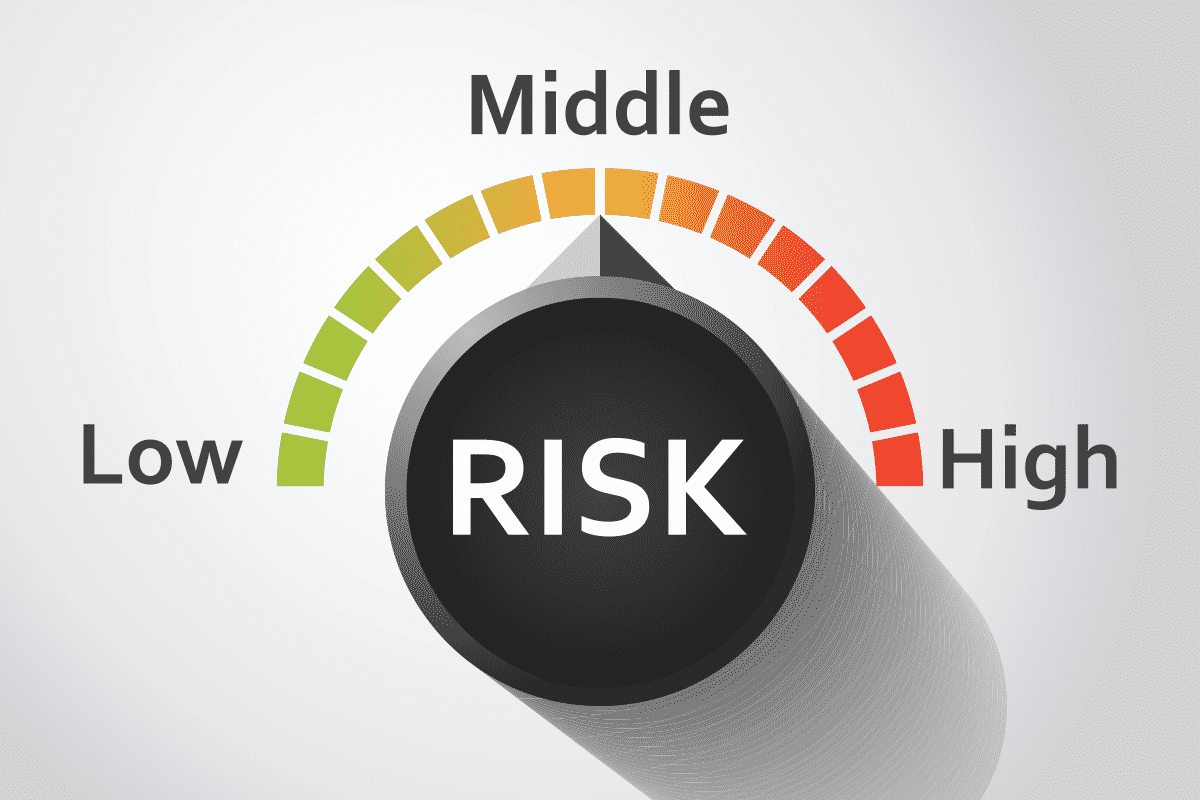How Much Risk Should You Take when Investing? 3 Risk Profiles for Property Investors
As a property investor online you’ll be bombarded with information constantly, usually with the purpose of selling you on a service or new investment strategy. Very rarely do these discussions cover risk in property investment. Every investor should have an answer to the amount of risk they are happy to take on and what reward they are looking for. But many do not.
The link between return and risk is well understood when it comes to investing in businesses directly. Venture capitalists make careers out of betting relatively small amounts on lots of businesses that have the potential to grow into the next Amazon or Facebook. Pension funds use large amounts of money betting on more secure prospects, that produce far less growth but are far less likely to fail. They understand risk well and invest appropriately.
There’s no reason property investment should be any different. But when I talk to lots of property investors for the first time they often haven’t really thought about the risk they are undertaking with their portfolio and how to balance that with the rewards they want. Here, I want to run through 3 different risk profiles to help you make the best decision about what’s right for you.

Low Risk
A low-risk profile is perfect for people who have little time to put into their investments and want stable cashflow, quickly. This is often for people who are either approaching pension age or are already taking their pension. You have a lump sum of cash and want to use it to boost the money that hits your account each month and enjoy your retirement without financial concerns or headaches.
People in this risk profile will usually not be able to access a long mortgage and will therefore buy cash, use a letting agent to manage any properties, and should avoid projects like the plague. While your money won’t go as far in acquiring lots of properties, the lack of mortgage will maximize your cash flow on each property. You should go for nice-and-easy Buy-To-Lets with a relatively low purchase price that gives you a strong, stable yield with few voids. This reduces management costs and delivers the desired rent into your account each month.
This strategy and risk profile can create between £5,000 and £7,000 per £60,000 to £80,000 invested, a yield return of approximately 8-10% in cash each year. As little as three properties and £180,000 invested can net you £21,000 per year – not including rental increases over the years. Capital appreciation is not the focus for this position but it is a nice added bonus after several years if you want to sell a property.

Access our selection of exclusive, high-yielding, off-market property deals and a personal consultant to guide you through your options.
Medium Risk
Medium risk is more appropriate for mid-career professionals who are generating enough income to invest in their medium to long-term financial future. You are likely to be working a professional job with a good salary and be planning for early, secure retirement. In the UK, this means using your ISA and pension allowances to invest in stocks and shares tax-efficiently, buying property and taking your income out tax efficiently, and purchasing your own home. Using all of these avenues effectively is what financial security looks like in 2021.
This portfolio should be built on a healthy balance of immediate yield and capital appreciation, with well-diversified investment strategies, locations, and price points. Mortgages should be used to fund more purchases, giving you a greater management burden and less cash flow per property but a better spread of properties to accumulate capital appreciation. At the start, these mortgages should be used to build a medium-sized portfolio and deleveraging should be considered as the portfolio matures. Small scale refurbishments to maintain asset value and rental at their maximal level are essential over the lifetime of the investments.
This strategy is best in the medium to long-term and can accrue serious gains through a sizeable portfolio and provide significant security through a consolidation strategy. The investor should take as little money out of the portfolio as possible at the start, instead of reinvesting the funds to grow quickly and deleverage. The goal is a prosperous retirement with a good pension, sizeable stocks and shares investments, and a manageable, debt-free property portfolio that continually appreciates in value and increases its cash yield.
High Risk
A high-risk profile is for people who are looking to build a serious portfolio very quickly. It will be time-intensive and you should have significant cash reserves to do it safely, with enough money to cover the risk when something costs more than forecast. The early focus should still be on cash flow, more likely through Houses in Multiple Occupancy and Serviced Accommodation than Buy-To-Let. Rent to Rent strategies are also viable but are especially risky and time-intensive.
Once the cash flow is of a sufficient level then high value-adding projects become the focus. Small scale projects should be avoided in favour of projects that add the most value. This can include full refurbishments of dilapidated housing but should focus more on projects to add more bedrooms or more dwellings to a building. The ultimate goal here should be house building. This is where the margin is good enough to account for spiralling project costs. Being a property developer in this way requires a lot of expertise and costly mistakes will be made along the way.
This strategy can produce high cash flow in the short term and serious wealth in the long. This portfolio will be highly leveraged and likely utilise bridging finance to fund purchases and projects – which is where the biggest risks lay. A healthy supply of readily available cash will be necessary to avoid the pitfalls of this approach and the biggest dangers are early on. By the time you’re an established property developer, you should be carrying out projects that produce enough value that the existential risks are largely gone.
Conclusion
Personally, I’m in the medium to low-risk categories. I invest for financial security and long-term growth. My portfolio is not maximally leveraged but I do use mortgages to buy more and I am in the process of spreading out geographically. At a certain point, I will be deleveraging entirely.
Hopefully, this helps you better understand what risk is available to you as a property investor and the potential rewards that come along with it.

